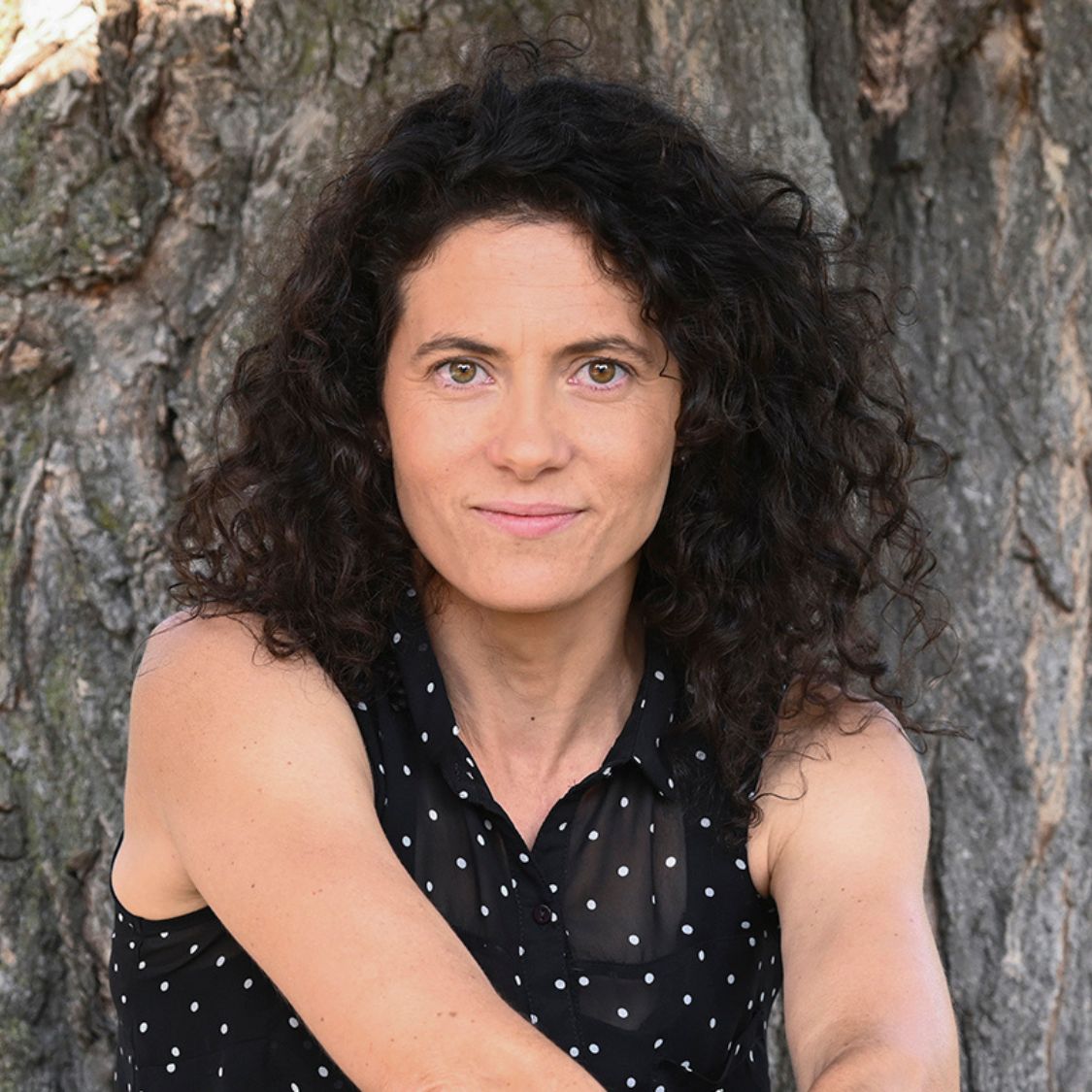Urban wildlife is like a secret ingredient that makes our cities lively, sustainable, and exciting places to live. Believe it or not, some cities are home to more species than the surrounding countryside! Creatures like squirrels, foxes, raccoons, and even coyotes have figured out how to thrive in and around our cities.
Every year on March 3rd, we celebrate World Wildlife Day, to recognize the unique roles and contributions of wild animals and plants to people and the planet.
However, people often forget how important city critters are for keeping our urban ecosystems healthy and balanced.
Think about it: urban animals help pollinate plants, spread seeds around, keep pests in check, and even help recycle nutrients in the soil. Plus, spotting birds and other wildlife in city parks can really lift our spirits and help us relax.
Some urban animals serve as indicators of environmental health. Monitoring their populations and habitats provides valuable insights into the well-being of city ecosystems and informs strategies for their sustainability.
Let’s look at some of the creatures you’re likely to find in your city.
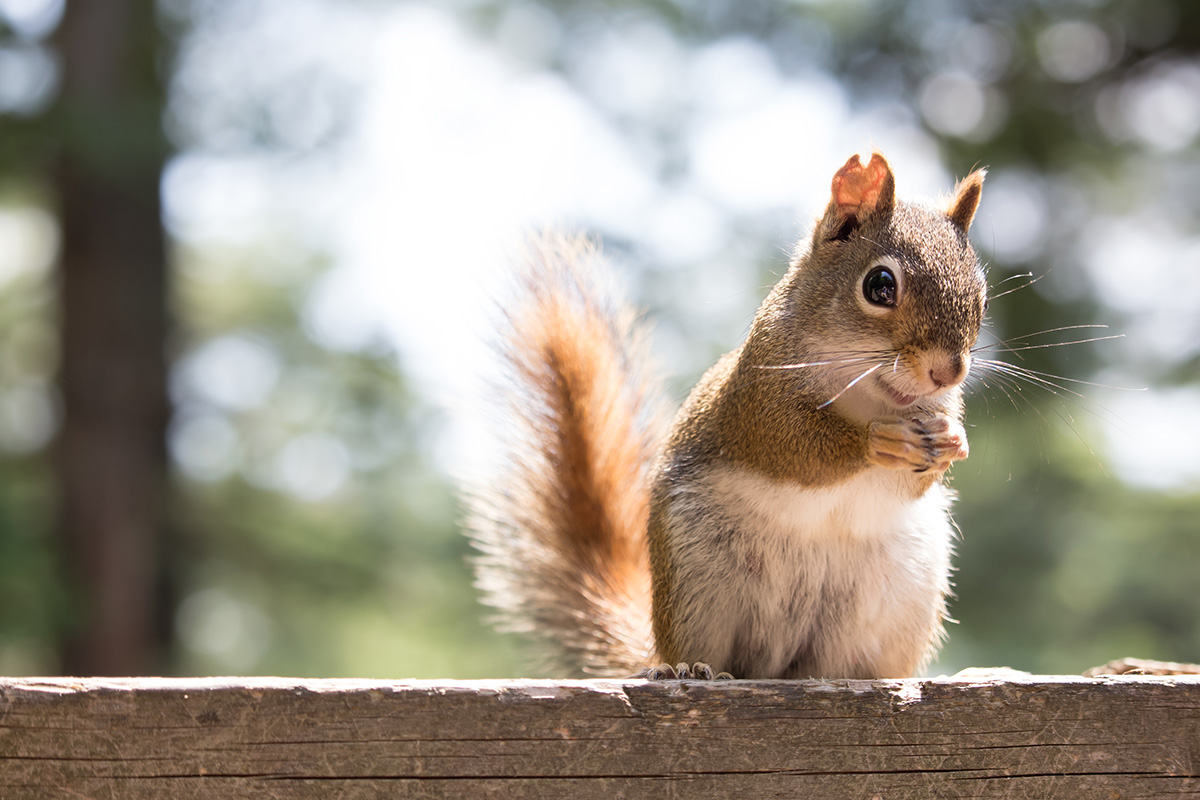
Squirrels
Grey squirrels are nature’s little treasure hunters! They hide food in different spots and then retrieve it again later using their spatial memory. When they think someone’s watching, they’ll pretend to bury a nut in one spot but stash it somewhere else later to outsmart potential food thieves!
Squirrels are also secret tree planters. Just like us humans, they sometimes forget where they put things! There are times when the nuts and seeds they bury are not retrieved. But hey, that’s great news for trees! Some of those forgotten seeds end up sprouting and growing into new plants and trees. So, while squirrels might not be planting trees on purpose, they’re still doing their part to spread seeds around and help with regeneration.
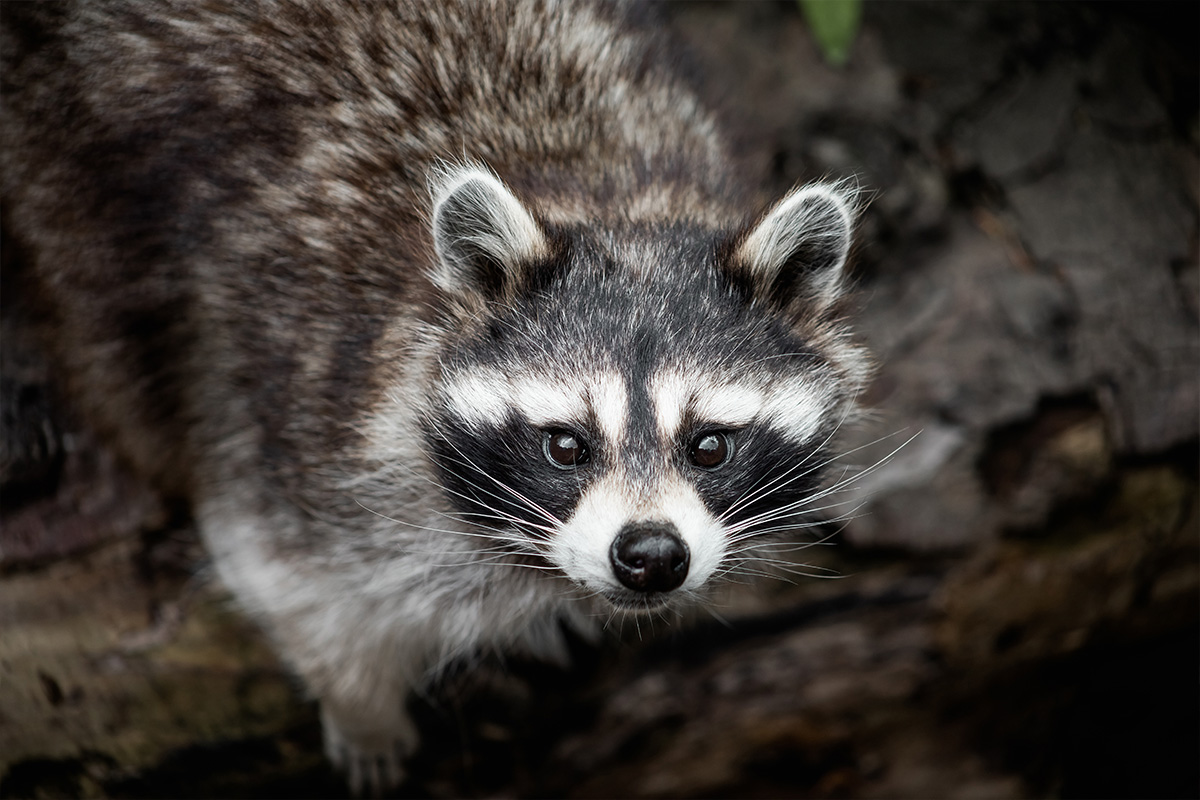
Raccoons
Raccoons are the ultimate survivors, rocking it in all sorts of places— even bustling cities! With their clever minds and nimble paws, they’re always figuring out how to get what they need.
But they’re not just cute faces—they’re essential players in nature too! These little scavengers help keep bug and rodent populations in check and even spread seeds around as they munch on fruits and nuts.
Sure, sometimes they might rummage through our trash cans, but they’re also doing us a favour by cleaning up organic waste in our neighbourhoods.
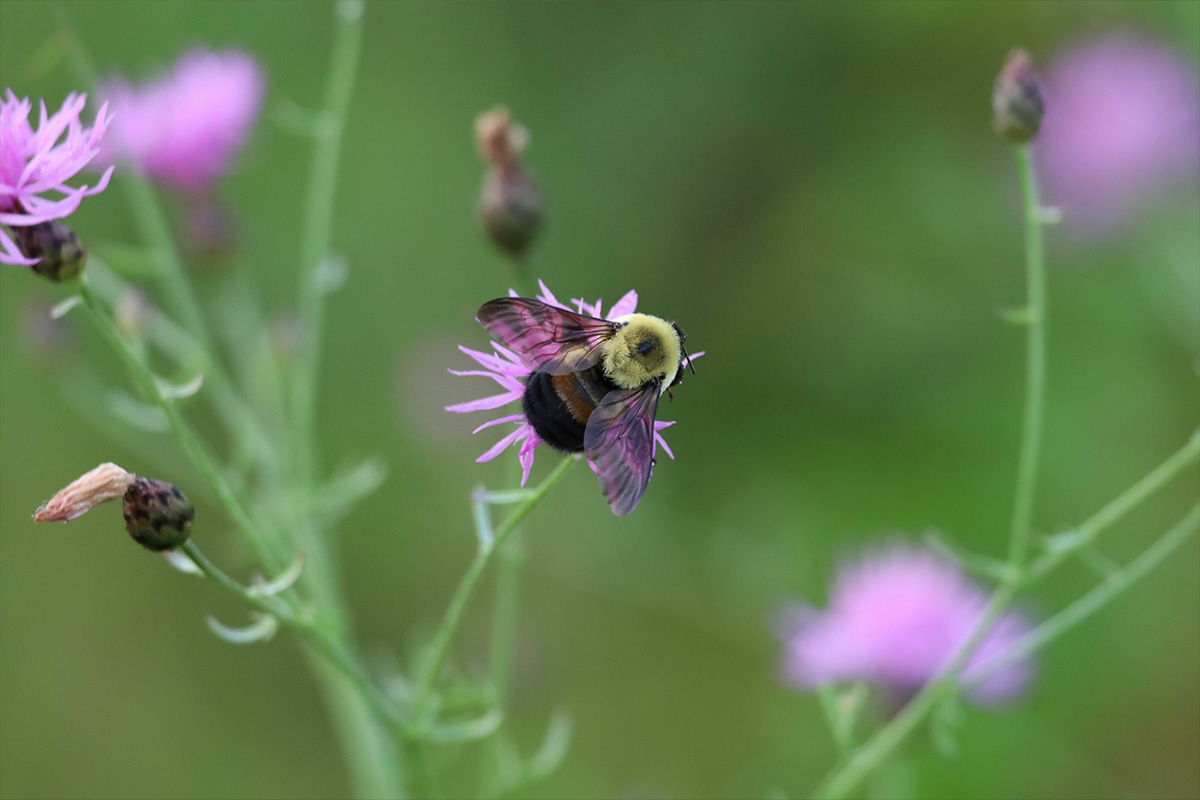
Bees
Nearly 80% of our crops rely on animal pollinators, especially bees, for reproduction. Bees are buzzing from flower to flower to ensure we have delicious fruits and veggies on our plates. Without them, our grocery stores and dinner tables would look very different!
Tree flowers are like buffets for bees, offering yummy pollen and nectar that they turn into honey. Speaking of honey, did you know that it takes bees about 55,000 miles of flying and visiting 2 million flowers just to make a pound of it? That’s a lot of blossoms and trees!
Bees enhance biodiversity in cities and forests. Unfortunately, human activities like intensive farming, pesticide use, and climate change are causing a drastic decline in wild pollinator populations globally.
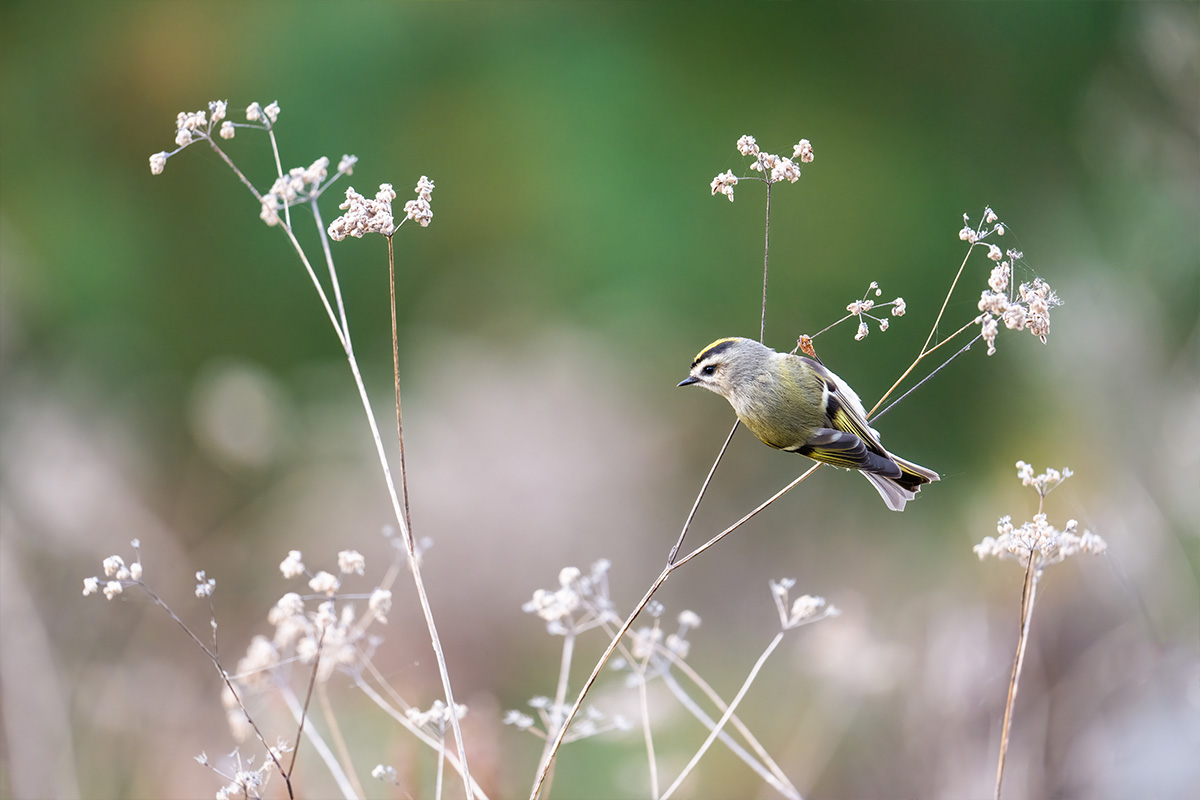
Birds
Birds are incredible creatures with fascinating behaviours, stunning plumage, and unique adaptations that make them a vital part of our cities. Acorn woodpeckers gather and store acorns by drilling holes in various structures like trees, utility poles, and buildings. They can amass an impressive amount of up to 50,000 acorns in a single tree, which they designate as a “granary tree,” with each nut placed in its own tiny hole. The tongues of woodpeckers are long and can wrap around their skulls, acting as a shock absorber for their brains while they drum on trees.
In Canada, birds like cardinals, the Black-capped Chickadee and Red-breasted Nuthatch have special survival tactics for winter, relying on trees for shelter and food storage. Trees like White Spruce and Eastern White Pine offer essential nesting spots for many bird species.
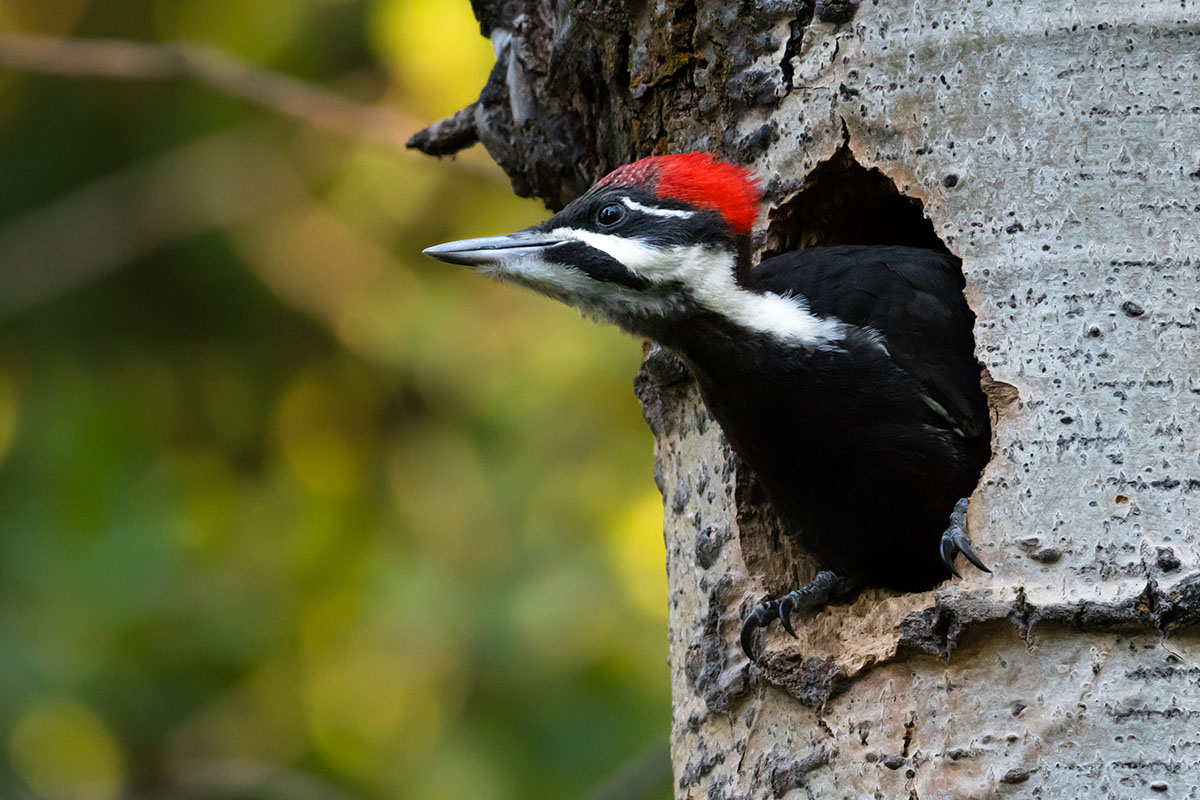
Trees are home
Urban forests support wildlife by offering shelter, dining spots, rest stops during migration, noise reduction, and shade in warmer months.
Tree Canada’s work in communities across the country plays an important role in fostering resilient ecosystems in urban environments. Thanks to the support of our donors and partners, we can contribute to building healthier and more resilient communities for both people and wildlife. So next time you see a squirrel hopping across the street or hear a bird chirping in the park, take a moment to appreciate the incredible wildlife that shares our urban spaces. They’re not just visitors; they’re partners in making our cities greener, happier, and more sustainable places to live.
Keep Reading
https://treecanada.ca/article/how-does-wildlife-benefit-from-urban-forests/
https://treecanada.ca/article/green-spaces-urban-wildlife-and-human-impacts/
Resources
https://www.treehugger.com/happy-squirrel-appreciation-day-4868817
https://treecanada.ca/article/how-does-wildlife-benefit-from-urban-forests/
https://www.audubon.org/news/10-fun-facts-about-northern-cardinal
https://www.reconnectwithnature.org/news-events/big-features/10-mind-blowing-facts-about-birds/
https://www.mentalfloss.com/article/78996/15-amazing-facts-about-15-birds
https://www.buzzaboutbees.net/honey-bee-facts.html
https://www.arborday.org/trees/health/pests/article-trees-for-bees.cfm
Back to all articles
